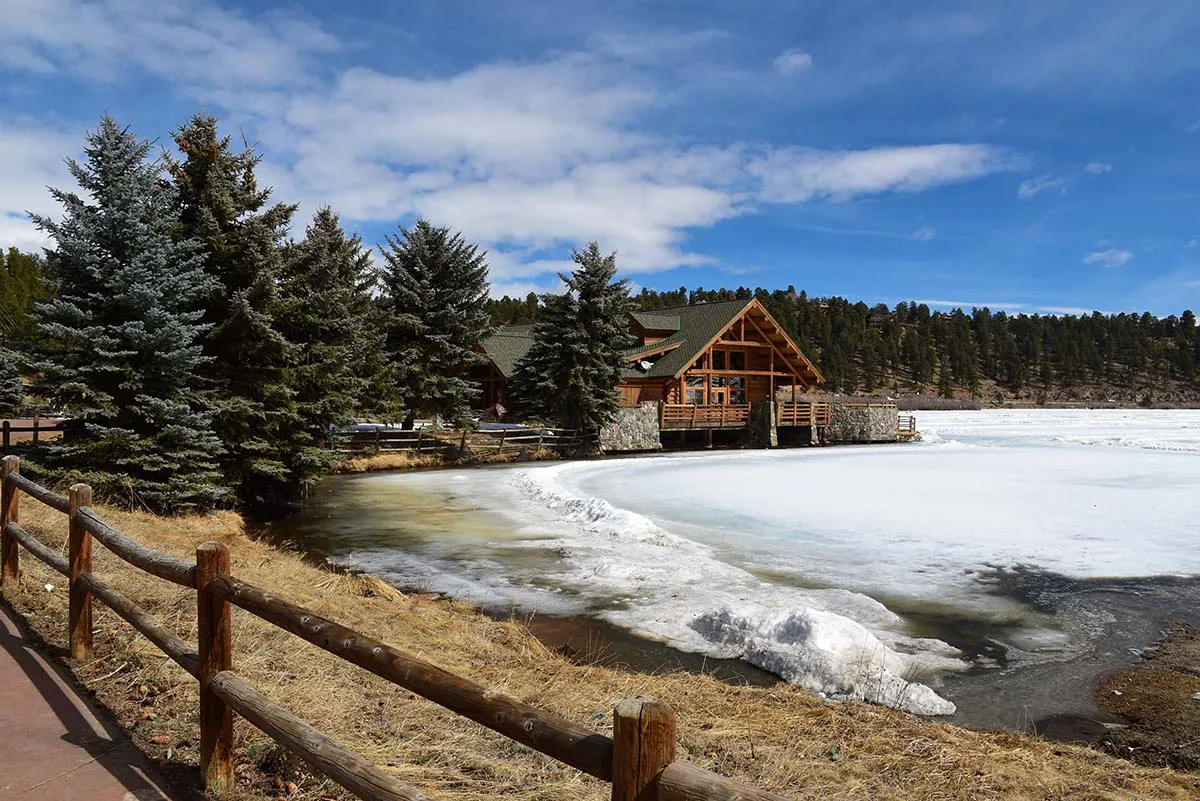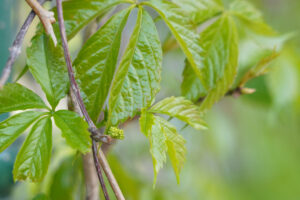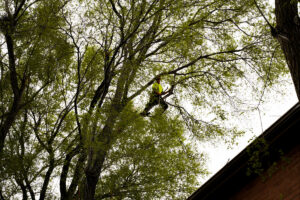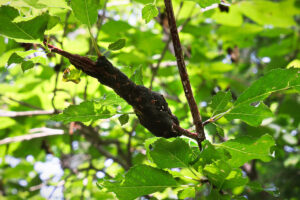At this point of the year, we’re all used to the same winter sight: lush evergreen trees against snowy backdrops. Evergreens are known precisely for staying green all year, but that doesn’t mean they don’t need care in Winter. If they don’t receive the proper attention, they could soon wilt, brown, and not see the next Spring. You will want to make sure your evergreens live up to their name. Here’s how to care for your evergreen trees, shrubs, and bushes and keep them healthy and green through the winter. Many of these tips are also useful to care for all your trees.
Watering in the Fall
Trees cannot take in water during the winter, so they need to build a store. Continue to provide your evergreens and the rest of your trees with water in the fall before the ground freezes. This care is especially necessary for evergreens which use more water throughout the winter. As a result, it might be tempting to give them extra but stick to two or three times a month. Don’t water when the ground freezes and remove any watering bags before temperatures drop. Either can hurt the tree. If a warm period comes along, you can use the opportunity to give the tree some more water. However, if it’s been snowing, the melt should more than suffice.
Wrapping Trees
You aren’t the only one who should be bundling up this season. The changes of temperature between day and night expose the tree to a rapid thaw-freeze cycle. Those quick changes can cause the trunk’s bark to break and crack. Wrapping the tree’s base with a special paper helps prevent this.
Heavy snowfall can accumulate on tree branches, and if heavy enough, can cause them to break and younger trees can fall over. Wrapping the trees will prevent this from happening. Take care to wrap any younger evergreen trees and bushes in burlap or netting, since it will also provide extra protection from damage from freezing, wind, and even hungry animals. If you use burlap, be sure to provide some holes to let some sunlight in.
The Benefits of Snow
Snow is much less of a concern for older, large trees. They are stronger and can hold more snow. Snow is also a natural insulator that protects evergreens from freezing and rapid temperature changes. The snow also protects the branches from the sun’s direct heat. With less water, the tree is at higher risk of drying out and its branches turning brown. This is called “sunscald” and the snow provides a reflective shield against it.
Mulching As it Freezes
Another way to help your trees keep moisture is providing a thin layer of fresh mulch just before temperatures begin to freeze. The mulch retains moisture, insulates the soil, and prevents frost around the tree’s base. As always, keep mulch away from the trunk.
Pruning
Winter is the perfect time to care for your evergreen with some pruning while it is dormant. You can cut back certain branches and locate broken or dying branches to remove. This will also help the tree use its limited resources where they matter. If you want a professional pruner for your evergreens, be sure to contact Advanced Tree Care for our tree pruning.
Why do evergreens need care?
It can help to understand why you need to care for your evergreens in the winter. Evergreens are named for their year-round colour and they just scream the holiday season. This can give the impression that they cheerily go through the seasonal cold, but in fact, just like trees that lose their leaves, evergreens slow down during the winter. Deciduous trees, those that lose their leaves, go completely dormant, halting their metabolism and slowly using up their stores of nutrients and starches built-up over the sunny seasons. That’s why maple farms harvest sap in the winter; the trees have a higher sugar concentration in their sap from using up their food stores. Evergreens continue to photosynthesize and make food through the winter, albeit slower, and that exposes them to certain risks.
Dormancy is obvious in deciduous trees, whose leaves become a beautiful autumnal rainbow before falling off. This is for energy conservation and moisture retention. Freezing temperatures mean the water in the ground also freezes. Roots cannot absorb ice, but trees need to stay hydrated. Leaves take moisture, so deciduous trees reduce the water demand by shedding them. This is also advantageous because their thin leaves would repeatedly freeze, requiring additional energy, nutrients, and water to continuously repair/replace them. It takes much less energy and nutrients to grow whole new leaves in the Spring.
But what about evergreen trees that keep their leaves, i.e. needles? Because of this, evergreens use more water in the winter than their leaf-losing cousins. As well, since the plant is using more water, they are also more vulnerable to freezing. Lastly, while Evergreens keep supplying their needles with water, they have less water in the winter than other seasons. This is what puts them at risk of drying up in the sun. Many of these are adaptations for environments with little soil nutrients for the plant to survive. With your care, the evergreen can thrive.
Monitor Them Closely
In sum, deciduous trees have adapted by closing shop for the winter, while evergreen trees strike a delicate balance to struggle through. To keep them green and healthy, care for and watch your evergreens closely in the winter. If you notice browning or cracking, you will need to provide them with some extra protection. If you still have questions or need help, contact Advanced Tree Care for our Winter Tree Services. We are happy to answer any questions and make sure your evergreens live up to their name.






